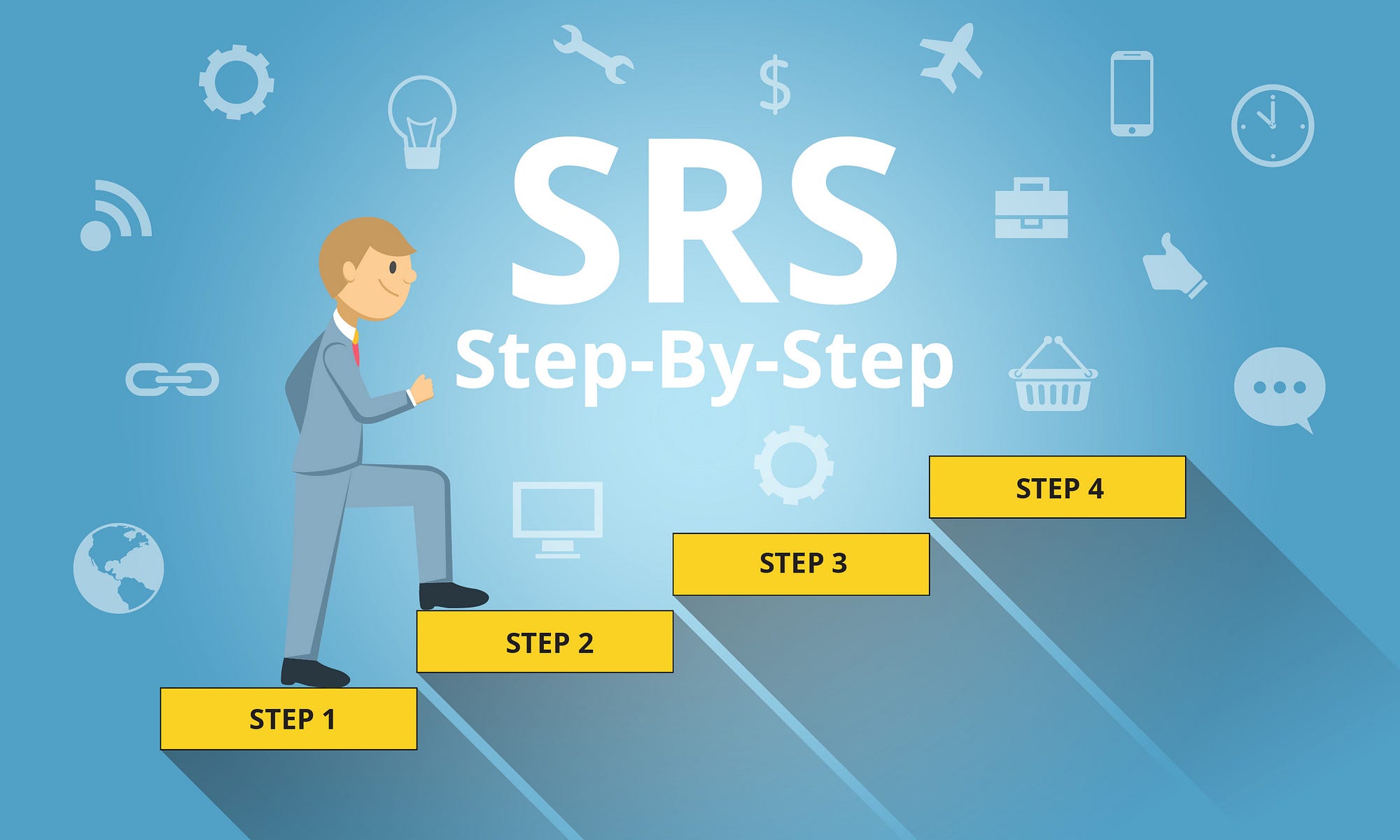It acts as a foundation that guides the development team throughout the software development lifecycle, ensuring clarity, consistency, and alignment with stakeholders’ expectations. Here’s a comprehensive look at the key components of an srs in software engineering and their significance in the development process.
Introduction
The introduction section of the SRS document provides an overview of the software project, its purpose, scope, and objectives. It sets the context for the document, outlining the stakeholders involved, the intended audience, and the version history. This section acts as a starting point for understanding the project's goals and helps align all stakeholders on the scope and expectations from the software.
Purpose
The purpose section succinctly defines the reason behind developing the software. It outlines the problems or challenges the software aims to address, the opportunities it seeks to capitalize on, and the benefits it intends to deliver to its users or stakeholders. This part of the SRS document helps ensure that all team members and stakeholders are aligned on the overarching goals of the project, thereby guiding decision-making throughout the development process.
Scope
The scope section delineates the boundaries of the software system under development. It specifies what functionalities and features will be included in the software, as well as what functionalities will be excluded. This helps manage expectations and prevents scope creep, ensuring that the development team focuses on delivering the essential features within the defined constraints of time, budget, and resources.

Functional Requirements
Functional requirements form the backbone of the SRS document, detailing the specific functionalities and behaviors that the software must exhibit to meet its intended purpose. These requirements are typically described using use cases, scenarios, or user stories, illustrating how users will interact with the system and what actions the system should perform in response. Clear and concise functional requirements serve as a basis for designing, developing, and testing the software, ensuring that it meets user expectations and performs as intended.
Non-Functional Requirements
In addition to functional requirements, the SRS document includes non-functional requirements that specify the quality attributes and constraints that the software must adhere to. These may include performance metrics (such as response times and throughput), reliability, security requirements, usability guidelines, and compatibility with other systems or platforms. Non-functional requirements are crucial for ensuring that the software not only meets functional specifications but also delivers a satisfactory user experience and complies with industry standards and regulations.
User Interface Requirements
User interface (UI) requirements describe how the graphical user interface (GUI) of the software should look and behave. This includes aspects such as layout, navigation, input controls, visual design elements, and accessibility features. Clear UI requirements ensure consistency in user interactions and enhance usability, allowing users to intuitively navigate the software and accomplish tasks efficiently. UI mockups or prototypes may accompany this section to provide visual representations of the intended design.
System Requirements
System requirements specify the hardware, software, and network infrastructure needed to support the software system. This includes details such as operating system compatibility, database management systems, third-party integrations, and system performance considerations. System requirements ensure that the software operates seamlessly within its intended environment and can scale appropriately as usage and data volumes grow over time.

Assumptions and Dependencies
Assumptions and dependencies outline any underlying assumptions made during the requirements gathering process and identify external factors or systems on which the software depends. By documenting these factors upfront, the SRS document helps mitigate risks associated with potential changes in assumptions or dependencies during the development lifecycle. It also assists in identifying potential impact areas and planning for contingency measures if dependencies are not met as expected.
Constraints
Constraints specify any limitations or restrictions that may affect the design, development, or deployment of the software. These may include budgetary constraints, regulatory requirements, technological constraints, or organizational policies. By documenting constraints in the SRS document, stakeholders and the development team can proactively address challenges and make informed decisions to ensure that the software meets all necessary constraints while achieving its objectives.
Conclusion
The Software Requirements Specification (SRS) document serves as a foundational document in software engineering, outlining the essential components and requirements that guide the development and implementation of a software system. From defining the purpose and scope to detailing functional and non-functional requirements, each part of the SRS document plays a crucial role in ensuring that the software meets stakeholder expectations, adheres to quality standards, and aligns with project goals. By documenting these components comprehensively and clearly, the SRS document facilitates effective communication among stakeholders, minimizes misunderstandings, and provides a roadmap for successful software development and deployment.
In conclusion, understanding the most valuable parts of the SRS document enables software development teams to deliver high-quality solutions that meet user needs, comply with industry standards, and drive business success.






